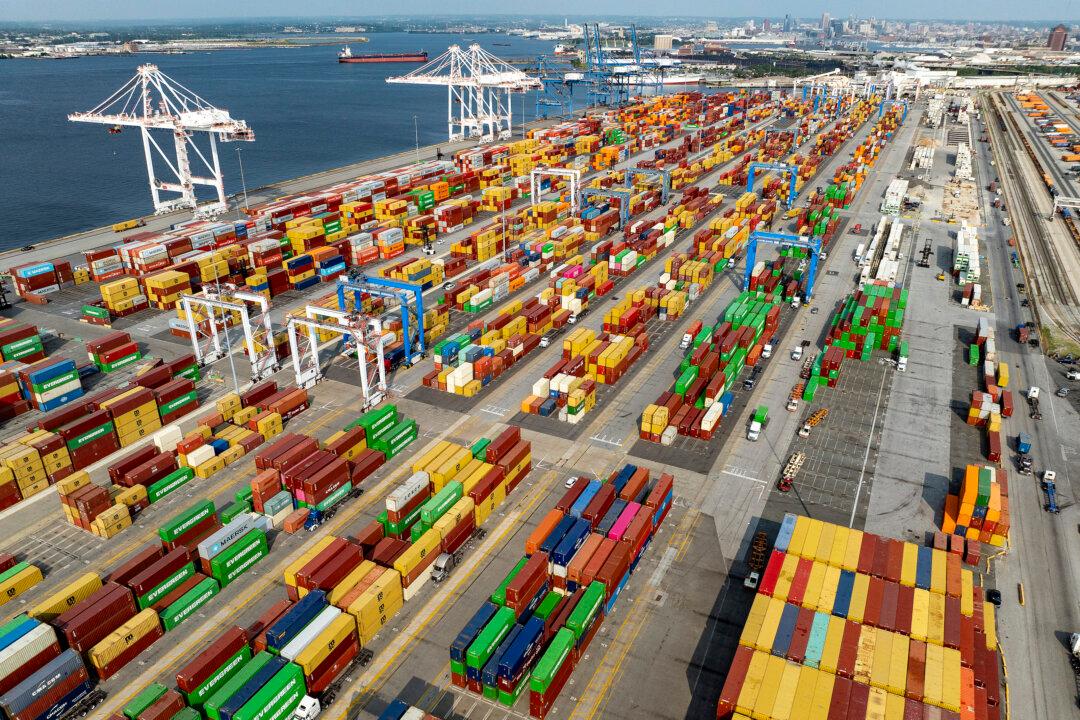Commentary
Deposits at U.S. commercial banks have fallen to the lowest figure in nearly two years, according to the Federal Reserve. This figure has fallen by $500 billion since the Silicon Valley Bank collapse. However, total banking credit has risen to a new record high of $17 trillion, according to the U.S. central bank. Less deposits, but more credit. What could go wrong?





